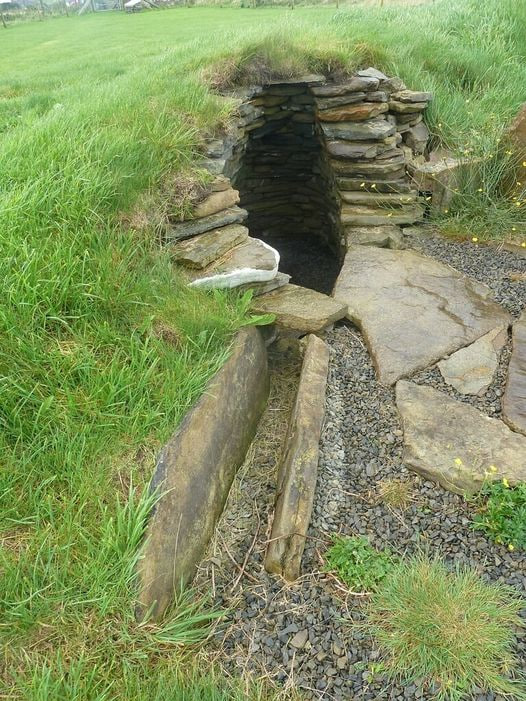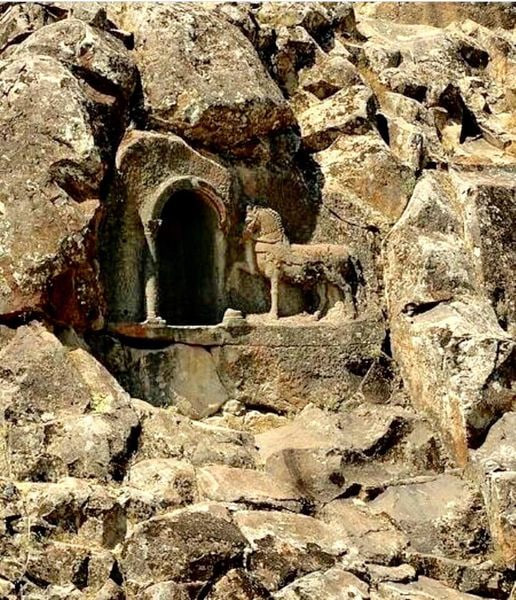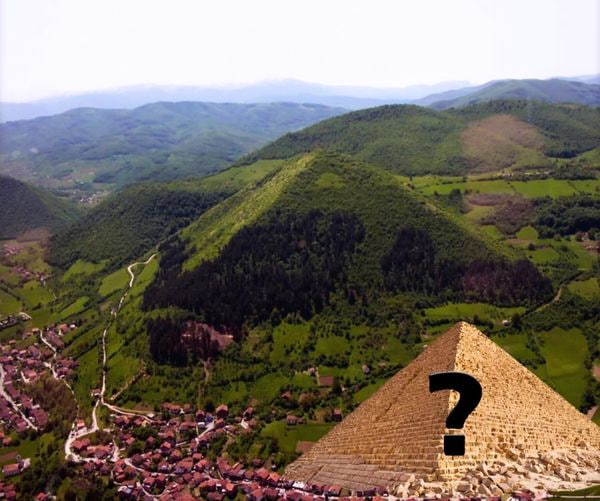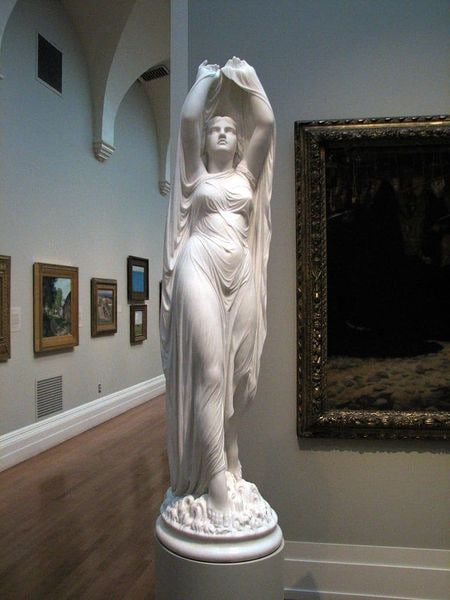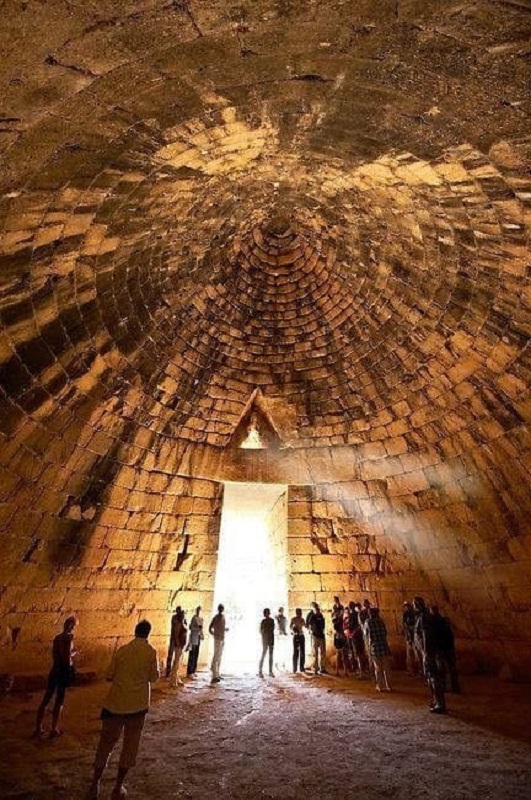Perched on the northern face of the Paracas Peninsula in Peru, the Paracas Candelabra, also known as the Candelabra of the Andes, is a massive geoglyph that has puzzled archaeologists and historians alike. Carved into a sandy hillside overlooking the Pacific Ocean, this enigmatic figure stretches approximately 180 meters (600 feet) tall. Its striking design, resembling a candelabra or candlestick, has given rise to its name and sparked a myriad of theories regarding its origin and purpose. Despite extensive studies, the true age and meaning of the geoglyph remain shrouded in mystery, making it a captivating subject for both scholarly research and popular speculation.

Historical Context and Theories of Purpose

Attribution of the geoglyph generally points to the Paracas culture, which flourished in the region from around 800 BC to 100 BC. This civilization is renowned for its advancements in textile arts and ceremonial practices, aspects that might hint at the reasons behind the creation of the Candelabra. However, the possibility that earlier or later cultures may have crafted this figure adds layers to its historical narrative. The theories regarding its purpose are diverse: some scholars propose that it served as a navigational aid to sailors navigating the misty Peruvian coast, while others believe it had religious or ceremonial significance, potentially linked to fertility rites or astronomical observations. The idea that it might have marked territory or facilitated communication between different groups also holds sway among researchers.

Symbolism and Significance in Ancient Cultures
The symbolic importance of the Candelabra cannot be overstated. If it served a religious or ceremonial function, this would align with the known practices of the Paracas culture, which placed significant emphasis on cosmological and spiritual beliefs. The orientation and visibility of the geoglyph, visible from far out at sea, could suggest its role in mythology or as a beacon for those returning from maritime journeys. Alternatively, if its purpose was more pragmatic, such as territory marking, it underscores the complex social structures and the importance of land and resources that characterized ancient Andean societies.

Modern Interpretations and Continued Mystery
Despite modern technology and advanced archaeological techniques, the Paracas Candelabra retains much of its mystery. The lack of definitive evidence about its age and the scarcity of direct references in ancient records leave much to interpretation. Contemporary scholars and archaeologists continue to debate its origins and functions, utilizing tools ranging from satellite imagery to ground-penetrating radar to unlock its secrets. Each discovery at the site provides valuable clues, yet the complete story of the Candelabra remains just beyond reach, fueling ongoing interest and research.
The Role of Archaeology in Unraveling Ancient Mysteries
The study of the Paracas Candelabra exemplifies the vital role of archaeology in bridging the past and present. Through the diligent work of archaeologists, each artifact and geoglyph gives voice to those who no longer can speak for themselves. As investigations continue, and as each layer of sand and history is peeled back, we gain not only a deeper understanding of the Paracas culture and its artifacts but also of the broader human experience. This pursuit of knowledge not only satisfies our curiosity about ancient civilizations but also enriches our understanding of human history and the myriad ways in which our ancestors interacted with the world around them.






